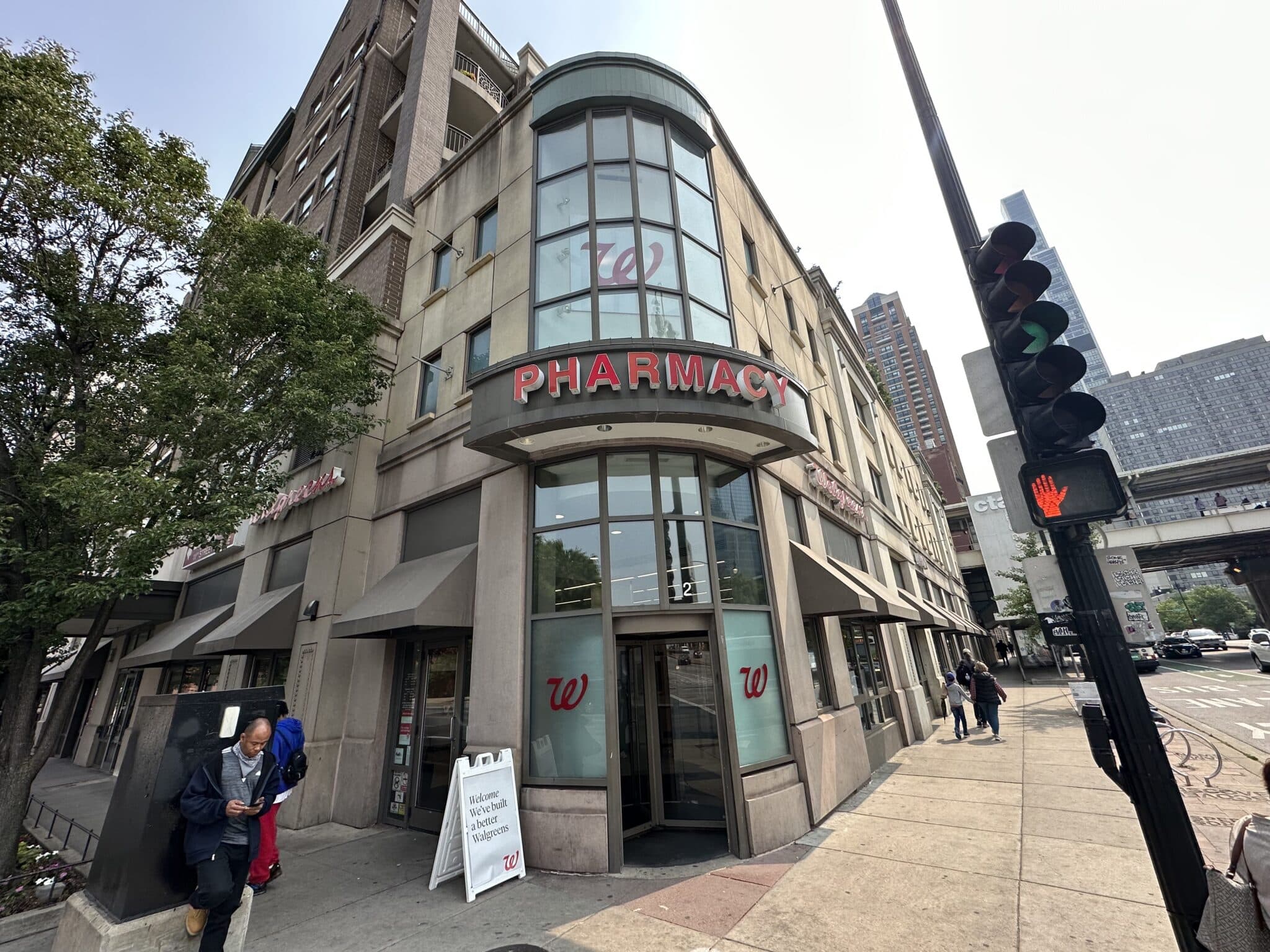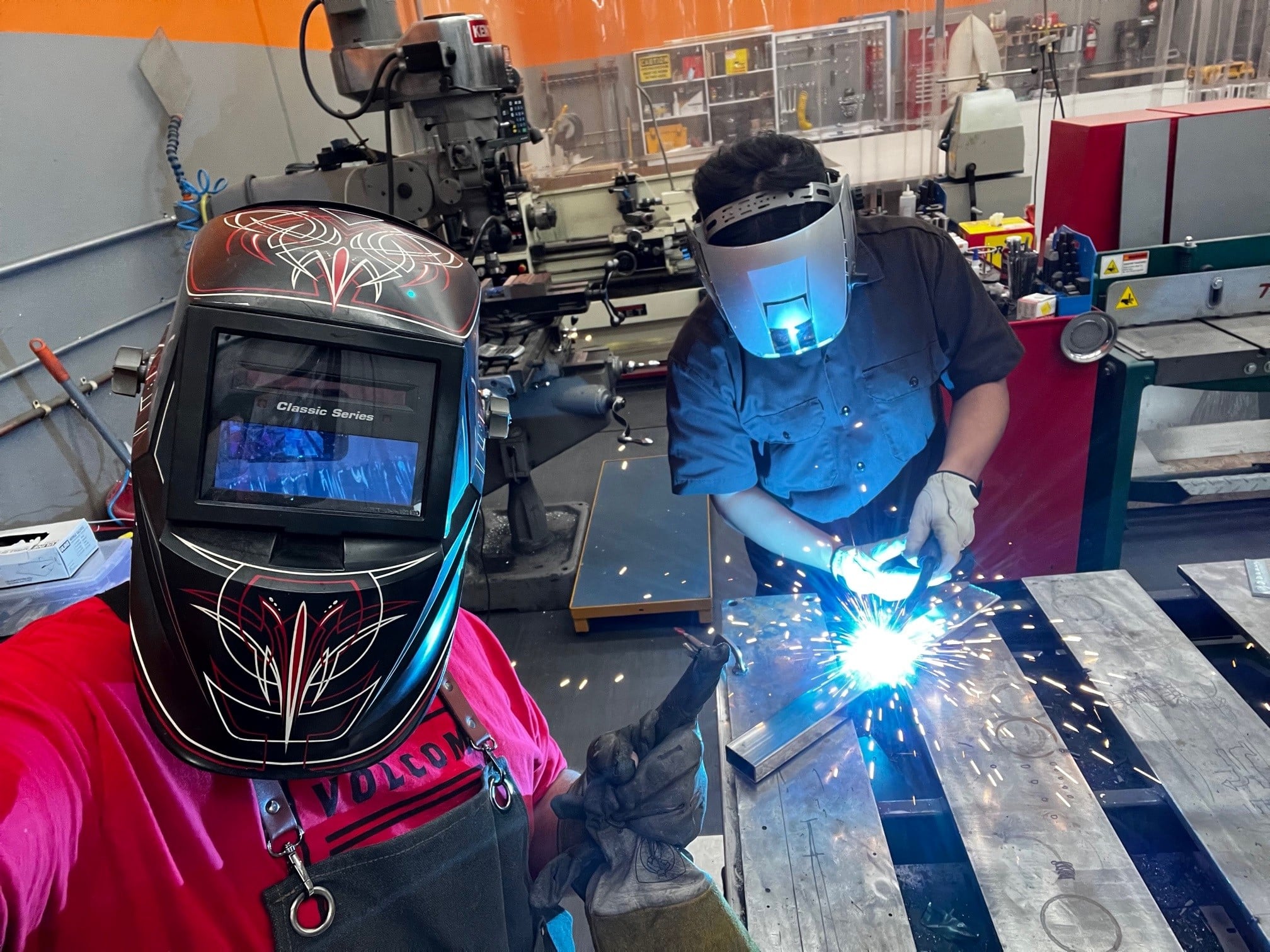Walgreens is experimenting with a new store format, which made its debut earlier this year. A few folks from our team recently visited the newly redesigned Walgreens in the South Loop area of Chicago. The experimental new format is a move in the direction of hybrid retail, but we suspect it’ll take several more iterations of this new concept before Walgreens gets it right.
Do People Really Scan QR Codes at Retail?
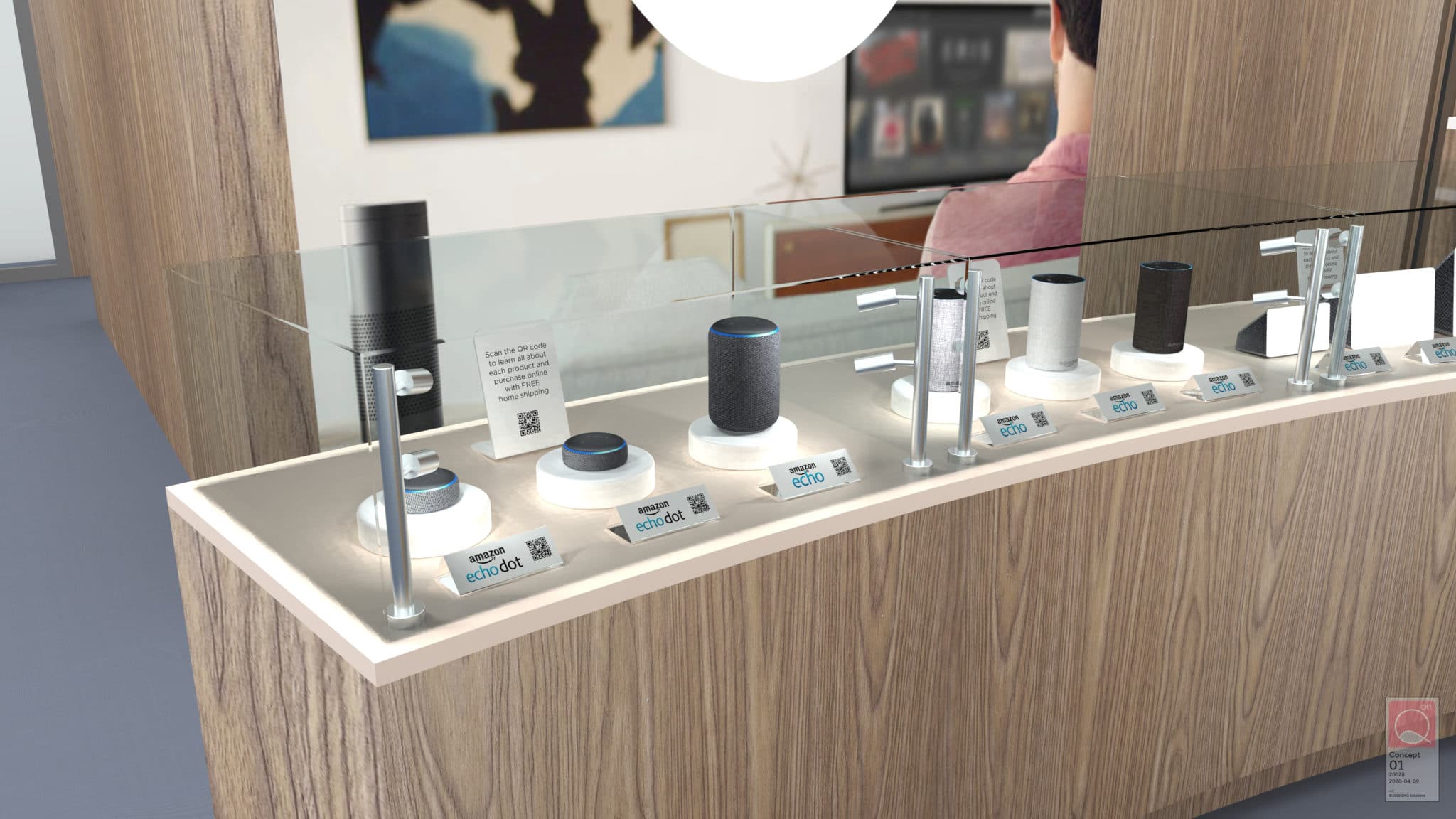
Today we’d like to share some of the most common questions we get asked about QR codes: Do people really scan QR codes at retail? Do they know how to? Do they really work at retail?
If you read other articles, you know that before looking at a specific solution, such as QR codes, you want to make sure the experience designed will help you reach your goals. For the sake of this article, let’s assume QR codes would be the perfect addition to your in-store experience – the missing link in your shopper journey that will keep them engaged with your brand and products beyond the store.
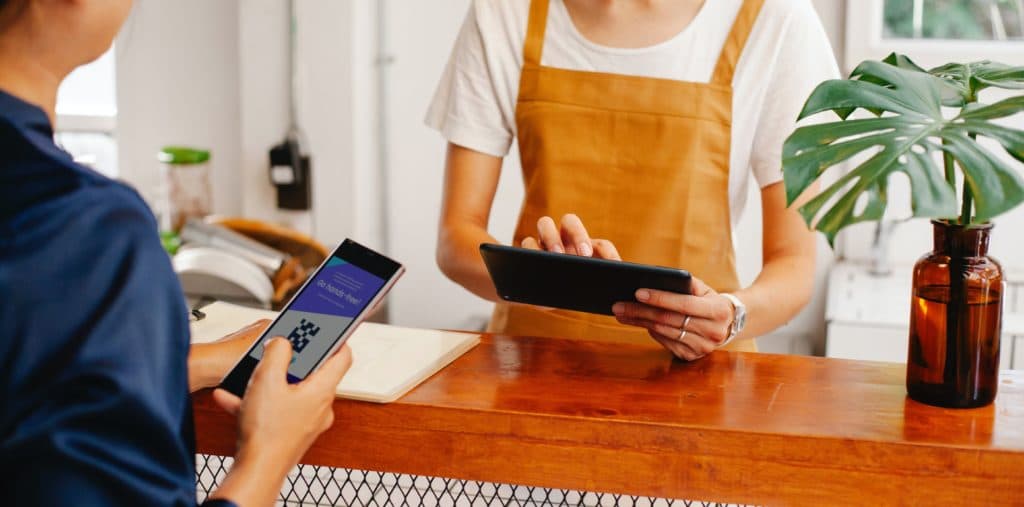
Photo by Tim Douglas from Pexels
Did you know that a recent survey of consumers in the United States and the UK found that almost 32 percent of respondents had scanned a QR code in the past week? This data correlates to what we’ve seen with our clients’ usage of QR codes. We observed a 10% increase of QR code scans between 2020 and 2021, driven by an increase of shoppers looking for touch-free interactive solutions in-store. This means that millions more households are now scanning QR codes.
QR codes have seen a steady increase throughout the COVID-19 pandemic as businesses gravitated to touch-free customer experiences. For example, banks, restaurants and pharmacies now use QR codes to let customers check in, book appointments and leave their contact details. Did you complete a post-vaccination survey by scanning a QR code? If you did, you’re not alone.
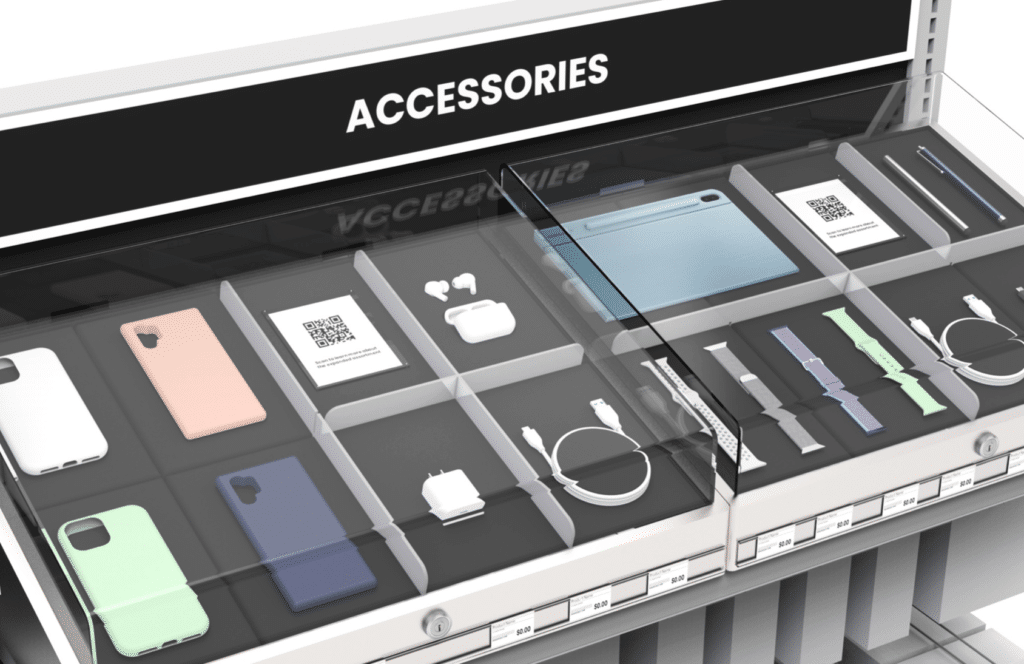
So we know that more people are scanning QR codes every day. But how do you know if your QR code experience is successful? If brands like Venmo, Puma, Amazon, Snapchat and many others are using them as part of their shopper’s journey, you should be, too. Here’s why:
- You can track when and where each QR code is scanned. Is it from the store in Michigan, from the top floor, or the lower level? Now you know.
- You can customize each landing page and experience accordingly. Should Spanish be the main language for this store? Or should you show warmer clothes in your Wisconsin store and cooler ones in Florida? Done.
- Now you’re on your shopper’s device, and they’re taking you home.
On average, people keep about 18 tabs open in their mobile browser at all times. With QR codes, your website can now be one of those tabs. - Track conversions. Using smart landing pages to boost conversions, you can track how long and how people interact with them. If your goal is to generate new signups, or trigger an online purchase, you now have a measurable way to measure success.
QR codes are an amazing new way that top brands are leveraging to connect and engage shoppers, while bridging the gap between in-store and online. New experiences are always being developed, such as Converge® Control — which allows you to take control of any screen in-store with a simple scan!
So now that you’ve decided to use QR codes to attract and engage customers, the next challenge is content creation and management. We’re happy to help you succeed at that, too — but that’s another discussion entirely.
So what has your experience been with QR codes? If you have anything to add, or if you have any questions, don’t hesitate to reach out!
